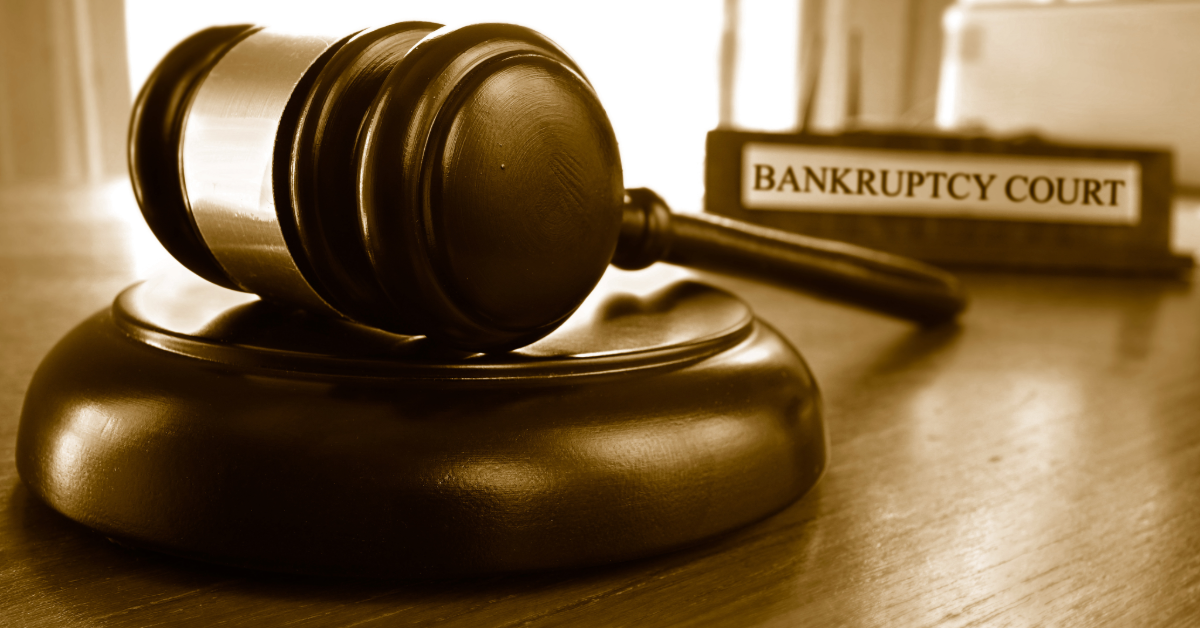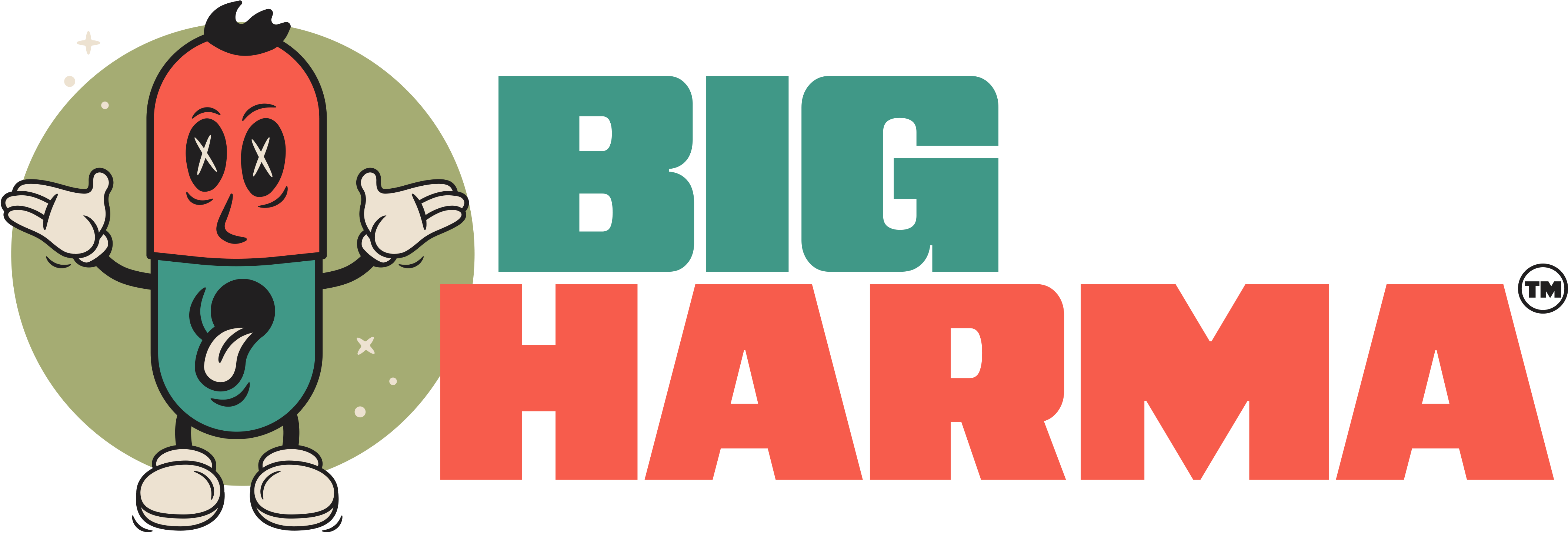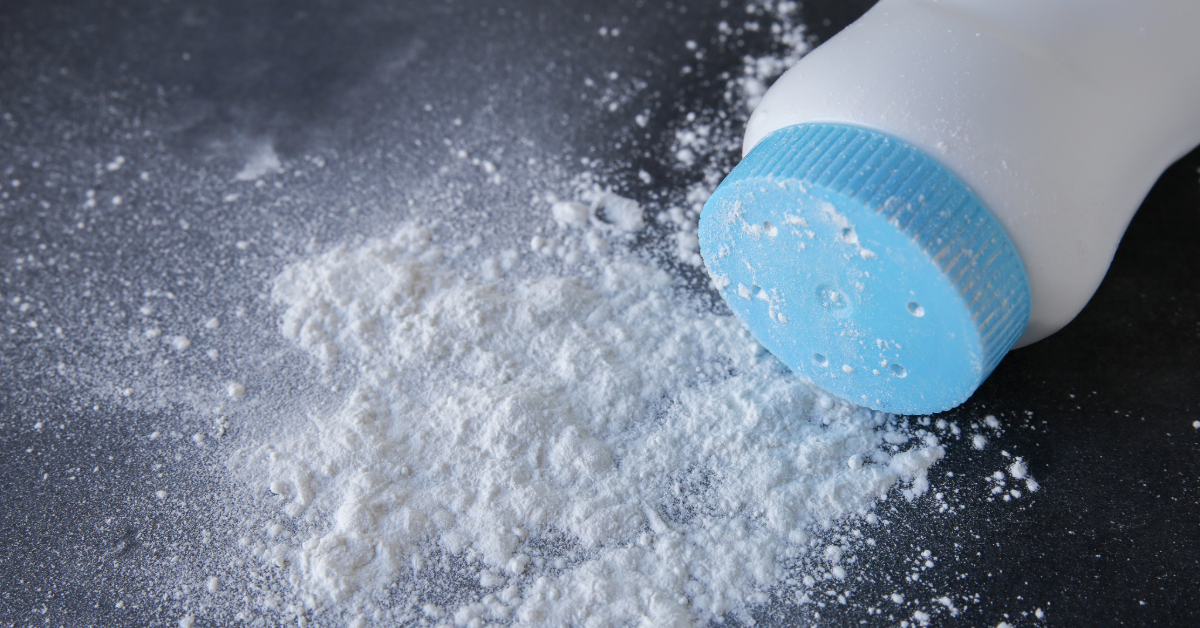
Johnson & Johnson Files for Chapter 11 Bankruptcy a Second Time
Only about two months after the U.S. Third Circuit Court of Appeals rejected its attempt to file for bankruptcy with its child company, LTL Management, Johnson & Johnson opened a Chapter 11 bankruptcy case for the second time on April 4. This, once again, forces all of its remaining 60,000 talcum powder lawsuits— 20,000 more since it initially filed for bankruptcy in 2021— to immediately pause until J&J’s bankruptcy case is either rejected or allowed to reach a settlement.
Why is J&J filing for bankruptcy again after its first attempt was dismissed?
For this attempt, Johnson & Johnson sat down at the business table with a settlement amount already in mind: $8.9 billion to resolve current and future talcum powder claims. The mega-corporation hopes that, by offering a value for its proposed settlement trust ahead of time, its bankruptcy case can avoid getting once again shot down by the Third Circuit Court over accusations of bad faith.
J&J adamantly stated that this proposed $8.9 billion settlement is not considered to be an admission of any liability or misbehavior. Once again, the mega-corporation insisted that its talc products are safe to use and do not cause cancer, accusing the plaintiffs’ lawyers of seeking out large settlements by offering talcum powder lawsuits for clients.
Will this attempt likely be rejected a second time?
Johnson & Johnson appears to be optimistic about its new bankruptcy case filed through LTL Management, claiming that the plaintiffs of its 60,000 remaining lawsuits agreed to support the $8.9 billion settlement. However, based on the Third Circuit Court’s previous opinion, J&J’s attempt at appearing to make a good-faith deal might not work as well as it believes.
When the mega-corporation’s first bankruptcy case was dismissed, the Third Circuit Court stated that it was rejected because neither LTL Management nor Johnson & Johnson were in legitimate financial distress. The court opinion emphasized that only a “putative debtor,” or a company that is commonly accepted as being in-debt or on the brink of bankruptcy, is entitled to the benefits offered by bankruptcy law. J&J may be trying to display acts of good faith, but those acts do not change the facts that the Third Circuit Court’s decision was based on.
Notable plaintiff attorneys were also quick to voice their disapproval of the proposed settlement the evening the second bankruptcy filing was announced, calling the $8.9 billion settlement “woefully inadequate” and claiming that it “does not even pay for most victims’ medical bills.”
You may also like
Kenyan rights group sues Johnson & Johnson over toxic Baby Powder.
A rights group in Kenya is suing Johnson & Johnson over the sale of its talc-based baby powder. Acc
Judge Orders Johnson & Johnson to Begin Discussing Damages.
After a second attempt at filing bankruptcy to avoid compensating cancer victims of its talc-based b
Johnson & Johnson to Pay $150 Million in Washington Opioid Lawsuit.
What Happened? Four years after the state of Washington sued Johnson & Johnson in 2020 for its k





